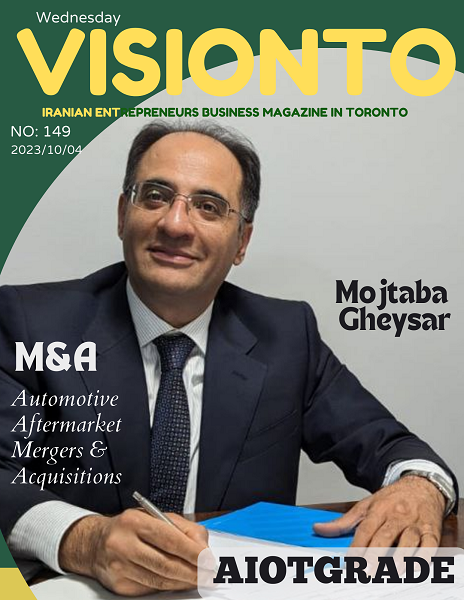Like many other industries, companies operating in the automotive market have been influenced by forces such as technological advancements and digitization. Wide-ranging developments, including the presence of older vehicles on roads worldwide and new market entrants, are also driving the industry towards new directions.
Post-sale automotive integration and mergers & acquisitions (M&A) can be significant ways to change the landscape and create value in business. Analysis by McKinsey’s consulting group on the aftermarket parts market in July 2023 reveals seven investment themes (landscapes to pursue for value creation).
These findings, as a starting point, have been extracted from surveys and interviews with over 52 leading executives in the industry. Respondents were from European companies, but insights from their responses are globally applicable.
It is worth noting that most respondents agree that the industry is likely to see increased M&A activities primarily led by strategic investors. They also expect the aftermarket to grow, while managers’ opinions on the most promising investment areas vary depending on their business fields. However, commonly identified areas such as portfolio electrification, sustainability and circular economy, and e-commerce are seen as the most promising. Ultimately, most respondents indicated a desire for more M&A activity but lack a clear strategy to do so, indicating a clear need for action.
One e-commerce manager said, “With the decline of traditional ICE [Internal Combustion Engine] businesses, players must either scale up to be profitable or find new business areas to move into.”
- An OEM manager said, “Significant investments to address technological changes are essential. The respondent continued that these investments are only feasible through targeted M&A and selective partnerships.
Overall, most interviewees agree that mergers and acquisitions and major changes in this automotive aftermarket sector are inevitable. “More than 75% of managers interviewed expect M&A activity to increase, and almost 75% expect it to be led by strategic investors.”
According to this report, electrification, sustainability, and e-commerce will have the highest level of M&A, and according to the analytical findings of this report, the five broad groups likely to drive M&A motivations in the future are as follows:
Adding electric groups to the product portfolio: This finding aligns with an executive’s assessment that the use of electric vehicles (EVs) and software-supplied vehicles are changing the aftermarket. In fact, managers across the value chain expect industry participants to increasingly rely on M&A to configure business models related to their own electric vehicles, expand their EV offerings, and enhance their EV capabilities.
Market dynamics, technological advancements, and regulatory pressures are driving the industry towards sustainability and circular economy, ranking second for respondents. Demand for green offerings and evolving regulatory requirements are making the shift more important. Timely, companies operating in sustainability have become professional and strengthened their capabilities and offerings.
Entry into e-commerce and the creation of its capabilities ranked third. This reflects the growth of online distribution channels and the dynamic winners in e-commerce, which creates the need for scale. The e-commerce space also provides significant opportunities for intermediary players.
Many want to increase value through M&A but don’t know how to get closer to it.
According to the results, companies either have clear M&A strategies in the industry or are developing them. Most aftermarket market managers expect the importance and level of M&A in this sector to increase by 2030. More than 60% of respondents are considering investment, but only 13% have a clear M&A strategy or a list of goals to pursue in the next three years.
[1] Automotive Aftermarket Mergers & Acquisitions
[1] Circular economy (CE): A circular economy is a model of production and consumption that involves sharing, renting, reusing, repairing, refurbishing, and recycling existing materials and products for as long as possible. The goal of this model is to address global challenges such as climate change, biodiversity loss, waste, and pollution with an emphasis on implementing a design based on three basic principles of the model.
Compiled and prepared by: Mojtaba Gheysar













+ There are no comments
Add yours